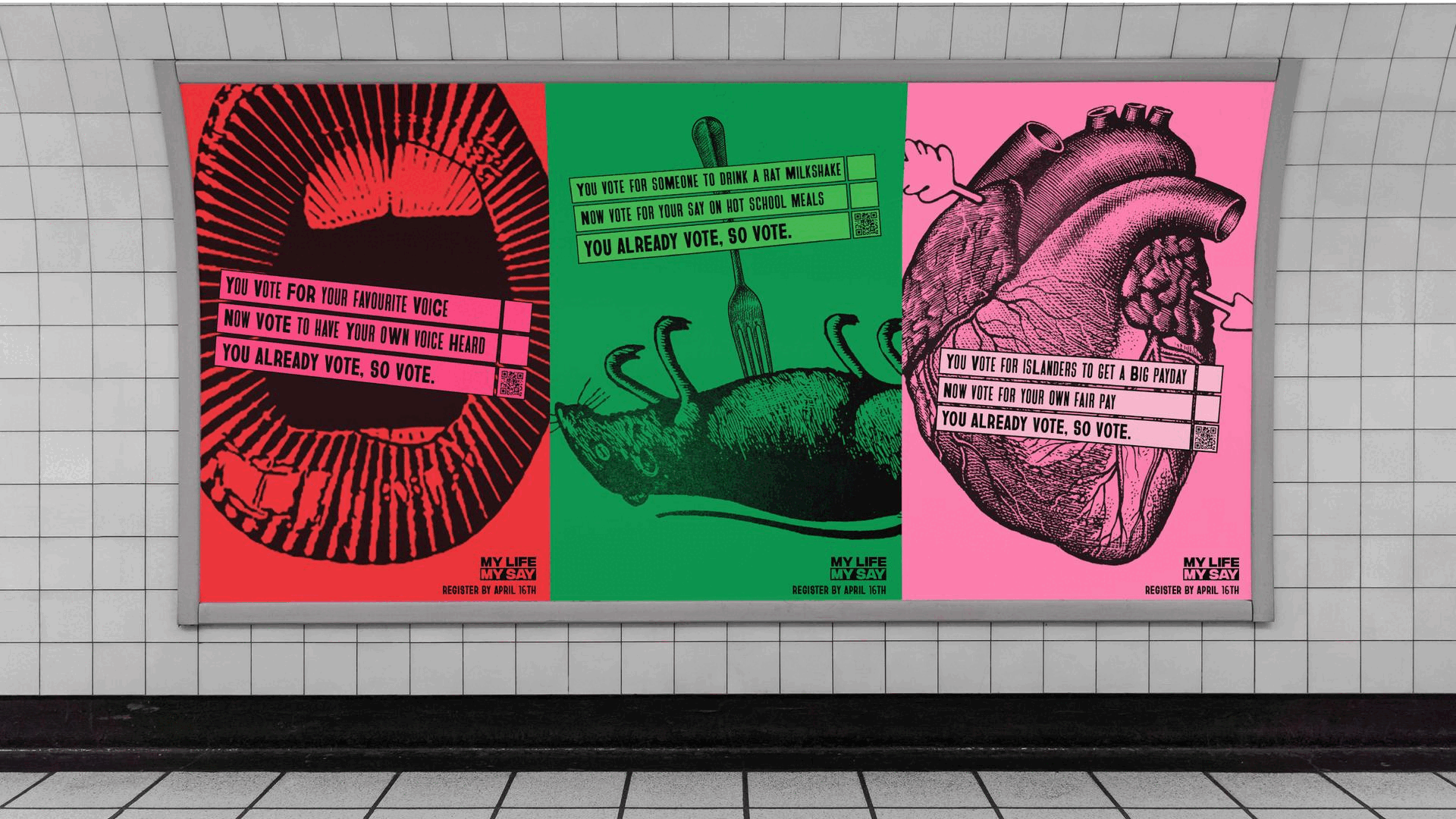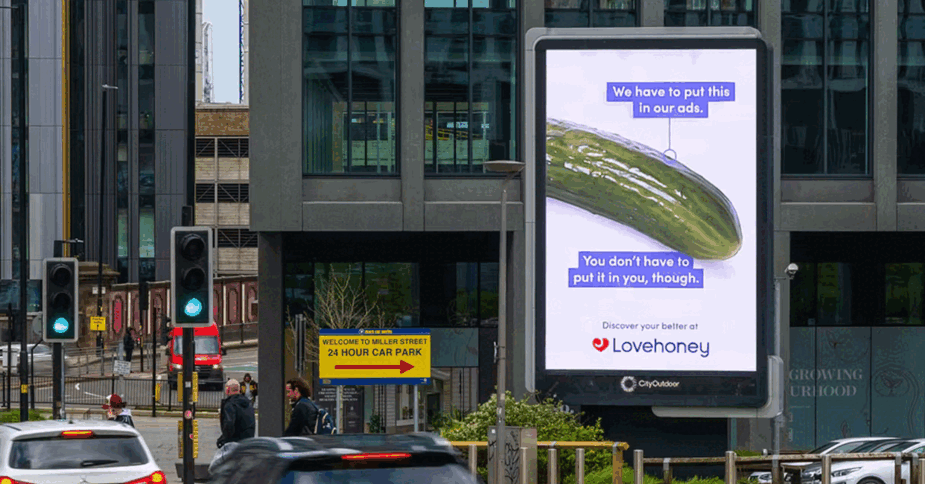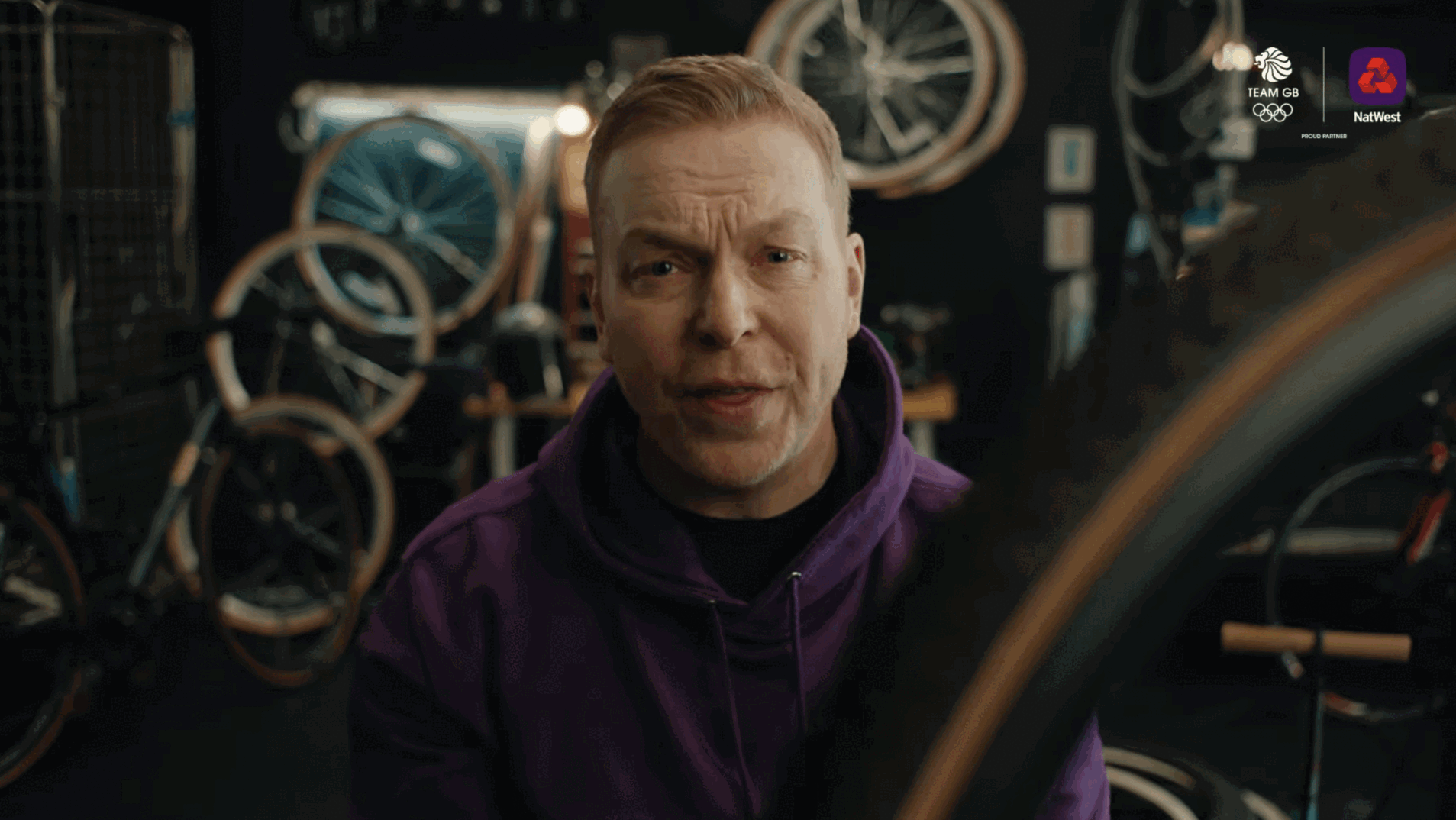#MMLife – Mobile On The Street
- Thursday, November 27th, 2014
- Share this article:
 Our third section at Mobile Marketing Life dived into how mobile is transforming our lives when were out and about, on the street, and how our journeys and interactions with the physical world are evolving thanks to the data mobile can provide.
Our third section at Mobile Marketing Life dived into how mobile is transforming our lives when were out and about, on the street, and how our journeys and interactions with the physical world are evolving thanks to the data mobile can provide.
Mike Potts and Paddy Griffith from Havas Work Club presented a fascinating glimpse into how they are addressing the growing traffic problems of Oxford, which is set to lose 800 of its 2,000 parking spaces next year, and was looking for mobile solutions it could implement at scale without breaking the bank.
Mobile data helped Havas identify the pressure points within the city in the same way developers can track a user journey through a website, thanks largely to the fact that there is no such thing as an offline journey now – mobile has brought everything online.
 Mobile is also providing solutions, with smart city apps from Yellow Line, which delivers easy to understand parking information straight to users phones, to MonkeyParking, which enables motorists to re-sell unused time in parking spaces.
Mobile is also providing solutions, with smart city apps from Yellow Line, which delivers easy to understand parking information straight to users phones, to MonkeyParking, which enables motorists to re-sell unused time in parking spaces.
Stephen Robertson, CEO of The Big Issue Foundation, provided us with a unique perspective on how mobile is changing life on the street by describing how it was being used by Big Issue vendors.
Because people have strong preconceptions about homeless people, theyre often surprised to find they are mobile users, but they tend to want the same things everyone else does, and the Big Issues Vendor Support Fund helps them purchase mobiles and other digital products that can improve their businesses in numerous ways.
 One vendor named Simon was the first to begin accepting credit card payments using mPOS solution iZettle, which now makes up 10 per cent of all his sales and is being adopted by other vendors.
One vendor named Simon was the first to begin accepting credit card payments using mPOS solution iZettle, which now makes up 10 per cent of all his sales and is being adopted by other vendors.
The Big Issue are looking into a contactless payment solution it can roll out to vendors next year, to not only aid vendors in making money, but also help challenge the public perception of homeless people. “Were changing attitudes, changing behaviours and making people think again,” said Stephen.
Vendors are also using mobile technology to change how they adapt to life on the street, using it to stay connected to each other, improve their own security, and raise awareness, whether its through Twitter accounts or projects like the Big Issues Night Walks.
 Finally, our panel of experts from Starcom Mediavest Group, ZinMobi, Blismedia and xAd looked at how location data can be used, and what changes its driving in the industry.
Finally, our panel of experts from Starcom Mediavest Group, ZinMobi, Blismedia and xAd looked at how location data can be used, and what changes its driving in the industry.
Location is a hugely powerful tool. Theo Theodorou of xAd explained that tapping into location “means real-time data, means building up profiles on users, and even though that data is anonymised, we have to be careful about how we use it”.
Scott Curtis from Starcom Mediavest Group spoke about how context is the next hurdle for location: “Were looking at geo-fencing, were looking at cross-device tracking, were looking at beacons, and soon well have the technology to bring all these pieces together.”
Location is also about given advertisers options. “You can identify groups in a way that you couldnt with any other technology,” said Paul Thompson, UK managing director of Blismedia. “You can find a football fan at the ground on a Saturday afternoon, but whether you send them the message then, or wait until theyre home is down to the advertiser.”
Keep an eye on our site for more highlights from our flagship event, plus you can see what people are saying about the conference on Twitter by looking for the #MMLife hashtag.
















